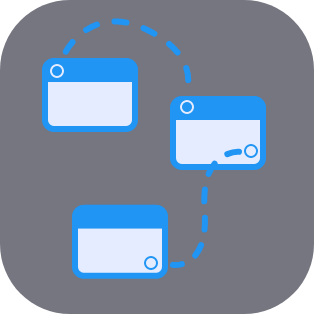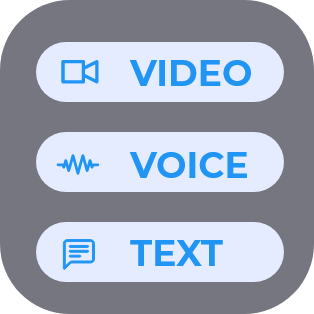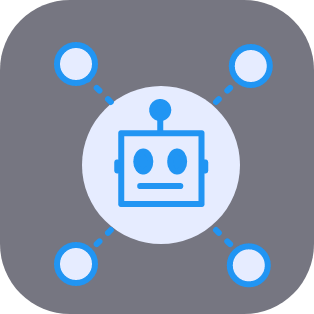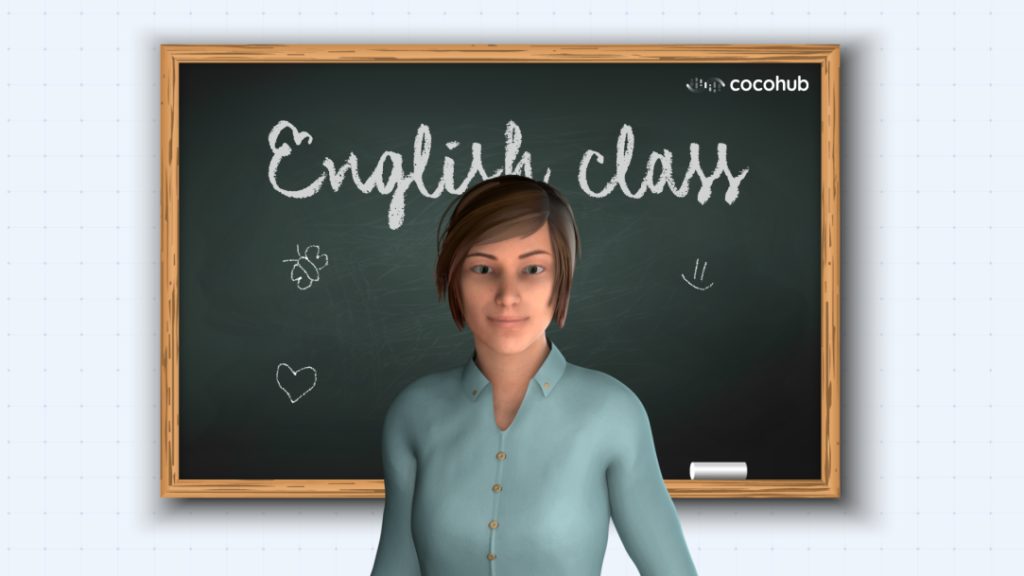The world was forced to move online when the pandemic started. As a result, the education industry was one of the biggest victims. Teachers had hard time adapting to the new technology, students had problems getting used to the new situation. However, when talking about chatbots for education, there’s a lot of opportunities to embrace conversational AI.
So where else can conversational AI give educators a helping hand, and take part in ed-tech innovation?
Watch: our award-winning pitch in the semi-finals of the GESAwards
The biggest advantage of chatbots – mainly those who are voice-based, or even face-first – is their ability to create personal, intimate interactions, which encourage engagement. Nowadays, we talk more and more about Social-Emotional Learning (SEL). So, the techno-pedagogical tools and educational software need to become more friendly, more personal.
New and innovative no-code platforms are helping teachers without any programming knowledge. They help them to create virtual teaching assistants, that will achieve various educational targets. Chatbots for education are far superior to a passive display of the learning material over a website or a worksheet. It just creates multiple paths of learning. They adjust themselves to the student’s needs and abilities, all while being engaged in a constant dialogue.
Here are some functions chatbots for educations can fulfill – and the use cases that can be created for it.
1. LEARNING ASSISTANTS: PRACTICING AND PREPARING FOR AN EXAM
Congratulations! The lesson is over, and now, as you love to say – practice makes perfect. Every student has different ways to learn. One gets the material written, one prefers to watch it, one gets it the best way when listening to it. Some get it immediately, while for others, it can take more time. Some are more focused during the day, others are memorizing everything better after midnight. And while some will get everything from your lecture, others will need additional material as podcasts, YouTube videos, or books.
By helping the students review the material or prepare for an exam with a chatbot, you’re also stretching the limitations of availability – contrary to you, the chatbot you write can be with 30 students at once and is available at 7:30am on their smartphone on their way to school, as well as at 11:00pm when they’re sitting on their beds. In addition, you, as their teacher, can analyze every student’s patterns of learning and understand what the best way is to approach him or her.
One of the most tedious tasks for teachers is to answer the same questions again and again. They need to do it in different classes, and sometimes by the same students. Instead of feeling like a robot, why can’t a teacher build a chatbot?
How can educators find their way in conversational AI?
What are the similarities between being a teacher and a conversation designer?
2. TACKLING MISCONCEPTIONS
Every teacher tackles this issue – general misconceptions about their material that are not necessarily connected to a certain subject. In this way, you don’t even have to update the chatbot during the school year or from year to year – just write it once and it will stay relevant forever.
Is there a mathematical problem that bugs students every year? Maybe a physical rule that nobody ever gets right? Confusion regarding the Periodic Table of Elements? Solve it for them in a conversational, friendly way, with use cases and examples that they can repeat endlessly until they get it.
3. WHAT’S YOUR NEED?
Sometimes, especially when approaching a mass of students, getting all of their requests right demands time and resources that aren’t available. For lecturers that have dozens of students, or for school principals that search for feedback, sending the students to fill a form is tedious and time-consuming. Here’s when chatbots for education can help. Doing it with a chatbot that speaks their language and talks to them like a friend, is much more fun and engaging. Also, it’s a proven way to have a higher responsiveness rate.
This method is good for several use cases. For example, to collect personal information, learner characteristics, learning needs, and auxiliary tools, give immediate feedback, and solutions for problems.
4. A VIRTUAL TEACHING ASSISTANT
When classes go online, there are technical duties that aren’t necessarily what teachers signed up for when they first started pursuing their dreams of becoming an educator. A virtual teaching assistant can do it for them. For instance, it can admit people in and out of the virtual classroom, run the presentations, etc. Unfortunately, it can’t make sure that no student forgot a scarf or a jacket in the class. However, since that’s a virtual classroom, it’s less of a need anyway.
5. GAMIFICATION
We all love to play games, right? So why can’t we turn a mundane history lesson into a voice skill, rich with sound effects and recordings, that will teach them conversationally about a certain event or topic, and will give them a “prize” at the end, like a 2-point bonus to their final grade? Why not replace one writing task with a conversational flow that will progress with the students only if they provide the right answers, so you’ll know they did it and get their responses to your email or Excel sheet?
Taking e-learning to the next level can mean adapting it to the student’s worlds and hobbies. Furtherly, it can make learning much more fun, while not giving up on substance.
6. HISTORICAL FIGURES
Shall I compare thee to a chatbot’s day? We obviously can’t chat with Shakespeare, but we can do it with “Chatspeare” – that will tell us about his background and upbringing, his writing’s characteristics, how he came up with ideas for his most famous novels and poems, and what he thinks about English literature as a whole.
This can be a fun, engaging and educational way of knowing the figures, leaders, and heroes of our curriculum, and bringing them to life and into every classroom in a unique way.
To summarize all of this: There’s no replacement for human touch, and the day when chatbots will replace teachers is still far, far away – and that’s a good thing. But, as we already learned, technology can save time and resources and help teachers focus on education in its purest form; Chatbots for education just make this technology friendlier, and more human-like – and now it’s also more accessible than ever.











